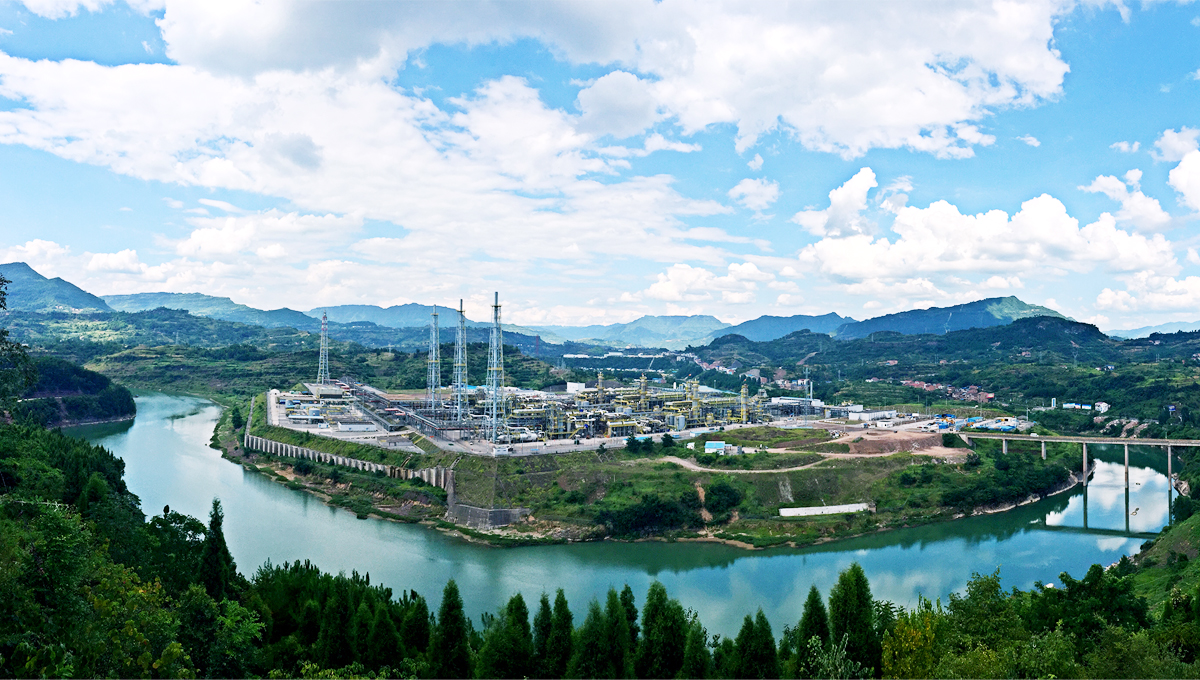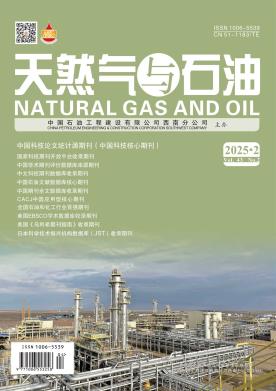基于LedaFlow海上高压密相CO2管道泄压模拟分析
Analysis on depressurization of offshore high-pressure dense phase CO2 pipeline based on LedaFlow simulation
浏览(2479) 下载(4)
- 引用格式:
-
刘媛,曾树兵,陈文峰,王雪媛,鞠朋朋,王东,刘飞龙,张欢.基于LedaFlow海上高压密相CO2管道泄压模拟分析[J].天然气与石油,2025,43(2):29-34.doi:10.3969/j.issn.1006-5539.2025.02.004
LIU Yuan, ZENG Shubing, CHEN Wenfeng, WANG Xueyuan, JU Pengpeng, WANG Dong, LIU Feilong, ZHANG Huan.Analysis on depressurization of offshore high-pressure dense phase CO2 pipeline based on LedaFlow simulation[J].Natural Gas and Oil,2025,43(2):29-34.doi:10.3969/j.issn.1006-5539.2025.02.004
- DOI:
- 10.3969/j.issn.1006-5539.2025.02.004
- 作者:
- 刘媛 曾树兵 陈文峰 王雪媛 鞠朋朋 王东 刘飞龙 张欢
LIU Yuan, ZENG Shubing, CHEN Wenfeng, WANG Xueyuan, JU Pengpeng, WANG Dong, LIU Feilong, ZHANG Huan
- 作者单位:
- 海洋石油工程股份有限公司, 天津 300451
Offshore Oil Engineering Co., Ltd., Tianjin, 300451, China
- 关键词:
- 海底管道;密相CO2输送;泄压;流动保障;LedaFlow
Subsea pipeline; Dense phase CO2 transportation; Depressurization; Flow assurance; LedaFlow
- 摘要:
管道输送CO2作为碳捕集、利用与封存(Carbon Capture,Utilization and Storage,CCUS)产业链的关键环节之一,在海上CCUS发展中发挥着越来越重要的作用。高压密相CO2管道泄压所造成的管道低温脆性断裂、干冰堵塞等问题,严重影响海上平台CO2输送管道的安全运行。针对海上平台间高压密相CO2管道,采用LedaFlow动态模拟软件建立CO2输送管道泄压模型,分析海上冬季和夏季环境条件下管道沿程温度、压力和泄压量的变化趋势,并对比管道不同初始输送压力、初始输量和泄压对管道流体低温的影响情况。结果表明,冬季泄压造成的海底管道低温要比夏季泄压时低,故推荐在夏季进行泄压操作。在冬季最低环境温度条件下,适当减小泄压口径能够有效避免沿程温度、压力的大幅变化而导致的管道低温情况。研究成果可为实际海上高压密相CO2输送管道的泄压操作提供参考。
Pipeline transportation of CO2, as one of the key links in the CCUS(Carbon Capture, Utilization and Storage) industry chain, plays an increasingly important role in the development of offshore CCUS. The low-temperature brittle fracture and dry ice blockage caused by the release of high-pressure dense phase CO2 from pipelines seriously affect the operation safety of CO2 transportation pipelines between offshore platforms. In this paper, the depressurization model of dense phase CO2 subsea pipeline between offshore platforms has been developed using LedaFlow dynamic simulation software. The changes in temperature and pressure profiles of the pipeline, and release rate for depressurization in winter and summer environment offshore have been analyzed. The influence of different initial transportation pressures and volume, and pressure relief rate on the low-temperature fluid of the pipeline has been compared. The results indicate that the low temperature of subsea pipeline caused by depressurization in winter is lower than that in summer, so it is recommended to carry out CO2 pipeline pressure relief in summer. Under the lowest ambient temperature conditions in winter, appropriately reducing the discharge aperture can effectively avoid low temperature in the pipeline caused by significant changes in pressure and temperature profiles along the pipeline. The results can provide reference and guidance for the actual depressurization operation of offshore dense phase CO2 transportation pipelines.



